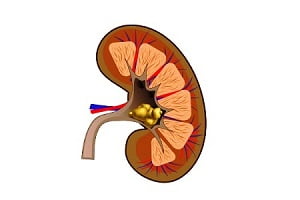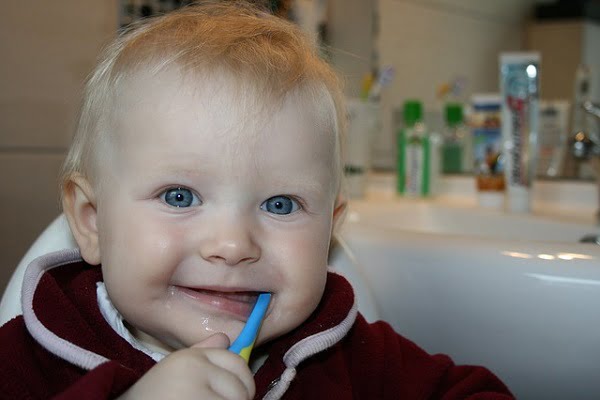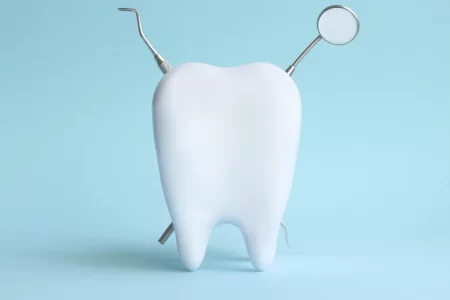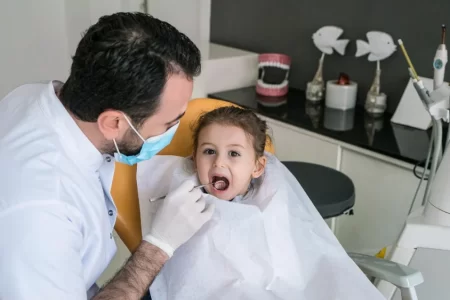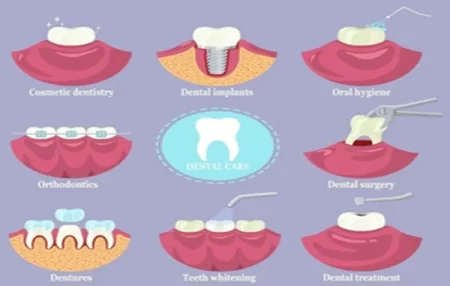Baby teeth schedule: Baby teeth eruption and development
Baby teeth or toddler teeth are a set of 20 primary teeth which include 4 central incisors, 4 lateral incisors, 4 canines, and 8 molars. Baby teeth start appearing (or erupting) between six months to one year after the birth of a child.
Eruption of baby teeth is one of the most important events in a child’s development. The set of teeth completely erupts in small portions or phases till a child reaches an approximate age of 3 years. Teeth begin to develop during the embryonic stage of development (during pregnancy).
Baby teeth are temporary teeth set and are also known as deciduous teeth or milk teeth. Once they are lost, they are replaced by permanent or adult teeth. This process of losing baby teeth is called shedding of teeth or exfoliation, which occurs with the growing age of a child at different time intervals.
Babies get uncomfortable during teeth loss and show particular signs such as drooling, restlessness, swelling in the gums, sensitivity, biting behavior, irritation, delicacy or fussiness, and often refuse food, etc.
See also: Basics of Dental Caries (Tooth Decay and Dental Cavity) in Kids
See also: Supernumerary Teeth Chart: Supernumerary Tooth Notation System
Anatomy of teeth development in a child: When do babies get teeth?
The anatomy of baby teeth development depicts the stages of how and when they begin to develop. This is staged into four parts:
During the most initial or known to be the first stage, the basic development of teeth begins when the fetus is of about six weeks.
In the next stage, a hard tissue forms that surrounds the teeth in the gestation period. This happens in around three to four months of gestation.
In the next stage, after the birth of the child, teeth actually start protruding through the gum and this process is known as eruption of teeth.
In the last and final stage of teeth development in kids, these primary baby teeth are lost through a process named as shedding or fall out and are then replaced by permanent adult teeth.
When do kids begin with eruption and shedding teeth?
Baby teeth erupt at around 6 months of birth and then begin to shed or fall out when a child’s permanent teeth are ready to come in or erupt, supposedly at around 6 years of age. The teeth eruption process generally initiates with the middle bottom teeth i.e. the top two middle teeth are observed to arrive first.
This is followed by the growth or development of teeth near to those middle choppers, and then the next teeth besides those new teeth, continuing on the jaw line to form a complete set of teeth also giving shape to the face.
This process of teeth growth and development according to the age involving eruption and shedding can be well elaborated with the help of baby teeth chart.
More: Kids Rotten Teeth: What You Should Know About It?
More: What are Probiotics and their Benefits in Tooth Decay?
What is a baby teeth chart or a kids teeth growth chart?
A baby teeth chart, also called teeth growth chart or kids teeth chart or simply teething chart explains an approximate age when a child might go through the process of teeth development. Any delay in a child’s dental development should be a matter of serious concern as it directly links to the complete development of a child.
While the baby teeth chart may not be accurate in all cases of kids and toddlers but is still very helpful in indicating any problems associated in baby teeth development. The chart is also sometimes called baby teeth eruption chart and helps in getting an idea of development and growth of teeth and growth in general in a child.
Kids Teeth Growth Chart or Baby Teeth Chart: Primary teeth development in kids
Baby teeth diagram or chart for upper teeth
| Teeth | Eruption | Shedding or fall out |
|---|---|---|
| Central incisor | 8-12 mos. | 6-7 yrs. |
| Lateral incisor | 9-13 mos. | 7-8 yrs. |
| Canine (cuspid) | 16-22 mos. | 10-12 yrs. |
| First molar | 13-19 mos. | 9-11 yrs. |
| Second molar | 25-33 mos. | 10-12 yrs. |
Baby teeth diagram or chart for lower teeth
| Teeth | Eruption | Shedding or fall out |
|---|---|---|
| Central incisor | 6-10 mos. | 6-7 yrs. |
| Lateral incisor | 10-16 mos. | 7-8 yrs. |
| Canine (cuspid) | 17-23 mos. | 9-12 yrs. |
| First molar | 14-18 mos. | 9-11 yrs. |
| Second molar | 23-31 mos. | 10-12 yrs. |
What are the possible phases of Teeth eruption in toddlers and kids in accordance with their increasing age?
Phase 1 of teeth development in kids
In about 3 to 7 months, baby teeth begin to erupt through the gums. Generally, eruption first occurs in the two teeth that are in front bottom known as ‘Lower Central Incisors’.
Then, when the child is about 8 to 12 months old, the upper central incisors start to grow followed by the eruption of next two teeth, upper lateral incisors.
The tooth eruption chart clearly states that the upper teeth take more time to erupt than the lower teeth.
Now, when the child enters 10 – 16 months of age, the lower lateral incisors erupt as the final incisors completing a sum of eight incisors. The function of these baby incisors is to allow the babies to hold, cut and chew the solid food.
Phase 2 of teeth development in kids
Incisors erupt through the gums and grow slowly followed by the rest of the teeth such as molars (that help in chewing and grinding solid food). It is often observed that molar development takes place in pairs.
Between 13-18 months, initiation of eruption is observed in the upper first molars which are wider teeth at the back of the mouth. When the child is about 12-20 months old, the lower molars also tend to erupt slowly. Eruption of molars on both, top and bottom locations help the baby to chew more solid food easily.
Phase 3 of teeth development in kids
When a child is 16 to 22 months old, a small gap is observed between the molars and first incisors. This gap is filled by upper canines as they erupt next. This is why canines in kids are often referred as eye teeth. In the meantime, when a child is 18 to 23 months old, lower canines also erupt.
The function of canines is to break or rip the food into pieces as they are pointed in nature and are the sharpest teeth in the mouth. Therefore, they are commonly known as Vampire teeth.
In these three phases, almost a complete set of deciduous baby teeth is developed.
Phase 4 of teeth development in kids
As the baby grows, the second molars begin to erupt. This generally happens between 25 to 33 months of age. Second molars are flat, wide teeth that mainly help in grinding of food and also in defining the shape of the face and jaw.
As a child grows till the age of 3, complete set of teeth is supposedly grown.
The above listed baby teeth eruption chart gives a very strong idea of development and growth in a child. This might not be accurate in all cases but is helpful in indicating any delay or problem in baby teeth development process. This delay might affect the normal growth of the child as baby teeth are primarily needed for good nutrition, speech development, facial bone and jaw line development, and they also help the permanent teeth to grow normally.
